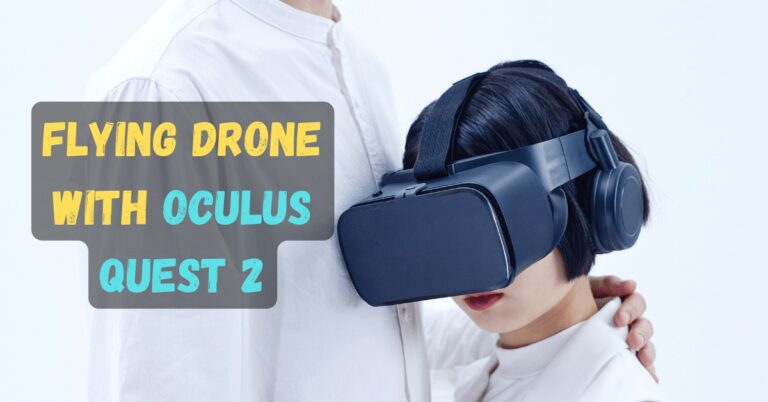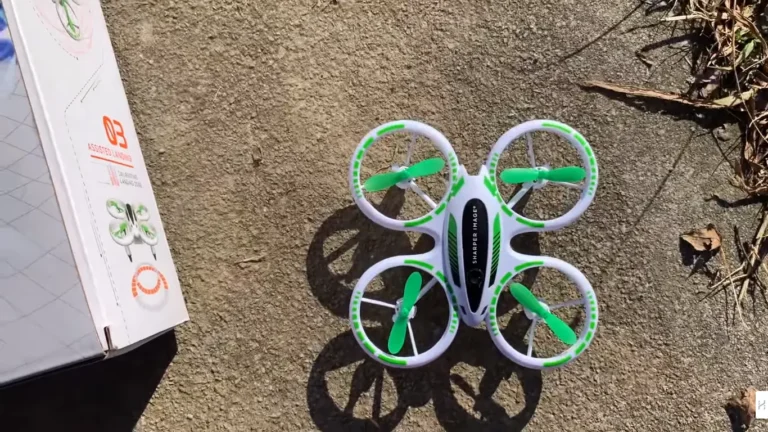How to Take Better Videos with Drones?

When it comes to capturing high-quality videos with drones, selecting the appropriate drone and equipment is paramount.
The first factor to consider is camera quality. Drones with higher resolution cameras, such as those that offer 4K or even 8K video capabilities, provide clearer, more detailed footage.
Additionally, look for drones that feature a wide dynamic range, which helps in capturing detailed scenes even in varying light conditions.
Flight time is another crucial consideration. Longer flight times allow for extended shooting sessions, reducing the need for frequent battery swaps and ensuring that you have enough time to capture the perfect shot. Typically, drones with flight times ranging from 20 to 30 minutes are ideal for videography.
Stability is vital for smooth, professional-looking videos. Drones equipped with advanced stabilization systems, such as 3-axis gimbals, significantly reduce camera shake and vibrations, resulting in steady footage.
Incorporating ND filters can also be beneficial, as they help control light exposure, enabling you to shoot in various lighting conditions without overexposing your footage.
Essential accessories can greatly enhance your videography experience. Spare batteries are a must-have, providing the necessary power for extended shoots.
Additionally, investing in a reliable carrying case can protect your equipment during transport and ensure that all accessories are organized and readily accessible.
Understanding the drone’s specifications is key to maximizing its video capabilities. For instance, drones with higher bitrates and frame rates can produce smoother and more detailed videos.
Pay attention to the drone’s sensor size as well, as larger sensors generally perform better in low light conditions and offer improved image quality.
Finally, choosing the right drone model depends on your skill level and budget. For beginners, models like the DJI Mini series offer user-friendly features at a reasonable price point.
Intermediate users might consider the DJI Mavic Air 2, which balances advanced features with ease of use. For professionals, the DJI Phantom and Inspire series provide top-tier performance and camera quality, albeit at a higher cost.
Conquering the racing circuit starts with the perfect drone. Let’s unveil Which is The Best FPV Drone Racer in our detailed guide!
Pre-Flight Planning and Preparation
Effective pre-flight planning is paramount to capturing high-quality drone videos. Before taking to the skies, it is crucial to scout your chosen location.
This involves visiting the site in advance to identify the best vantage points and potential obstacles. Evaluating the area ensures you can plan your shots meticulously, enhancing the overall composition of your video.
Weather conditions can significantly impact drone performance and video quality. Always check the forecast before your flight to avoid adverse conditions such as strong winds, rain, or extreme temperatures.
Many weather apps provide specific information for drone pilots, aiding in your decision-making process.
Understanding and adhering to local regulations and no-fly zones is also essential. Familiarize yourself with the rules governing drone flights in your area, including altitude restrictions, proximity to airports, and privacy considerations.
Many countries have dedicated apps or websites that provide this information, ensuring you remain compliant and avoid potential legal issues.
Creating a shot list and storyboard is an invaluable step in pre-flight preparation. A shot list outlines the specific scenes you aim to capture, while a storyboard visually represents the sequence of shots.
This preparation ensures you have a clear vision of your desired footage, making the actual flight smoother and more efficient.
Ensuring your drone’s firmware is up-to-date is another critical aspect of preparation. Manufacturers frequently release updates that improve performance, add features, and fix bugs. Regularly check for and install these updates to keep your drone in optimal condition.
Calibrating sensors and performing pre-flight checks are fundamental to a successful flight. Calibration ensures your drone’s sensors are accurate, which is vital for stable and precise flying.
Pre-flight checks should include inspecting the drone for any damage, verifying battery levels, and ensuring all components are securely attached.
By meticulously planning and preparing before your flight, you can significantly enhance the quality and safety of your drone videos.
This attention to detail enables you to focus on capturing stunning footage, confident that all preliminary considerations have been addressed.
Curious about the current state of drone delivery? Check out our take on How Successful Has Drone Delivery Been So Far?
Mastering Drone Flight Techniques
Achieving smooth and cinematic footage with a drone requires mastering several flight techniques. Initially, basic maneuvers such as panning, tilting, and orbiting form the foundation of effective drone videography.
Panning involves horizontal movement while keeping the camera focused on a subject, creating a sweeping view of the landscape.
Tilting, on the other hand, adjusts the camera angle vertically to add depth and perspective. Orbiting, a more dynamic technique, entails flying the drone in a circular path around a central point, offering a comprehensive view of the subject from all angles.
As one progresses, advanced techniques like tracking shots and reveal shots become invaluable. Tracking shots involve following a moving subject seamlessly, which is particularly effective for action sequences or wildlife videography.
In contrast, reveal shots start from a concealed position and gradually expose the subject, building suspense and engaging the audience. These advanced methods demand precise control and a deep understanding of the drone’s capabilities.
Maintaining steady flight is critical for professional-quality videos. Avoiding jerky movements can be achieved by gently applying controls and anticipating the drone’s responses.
Utilizing intelligent flight modes such as Follow Me and Waypoints can significantly enhance video quality.
The Follow Me mode allows the drone to autonomously track and follow a subject, ensuring a steady and consistent shot. Waypoints enable pre-programmed flight paths, allowing the drone to execute complex shots with precision.
Practicing in open areas is essential for building confidence and honing skills. Open spaces provide the freedom to experiment with various maneuvers without the risk of collisions.
Regular practice helps in understanding the drone’s responsiveness and fine-tuning control inputs. Over time, these efforts culminate in the ability to capture fluid, cinematic footage that stands out.
Curious how drones are speeding up reforestation? Read on to see how this technology is taking root!
Post-Production and Editing Tips
Once you’ve captured your drone footage, the post-production phase is crucial for transforming raw clips into a polished, visually compelling video.
The first step involves selecting the right editing software. Popular options include Adobe Premiere Pro, Final Cut Pro, and DaVinci Resolve.
These tools offer robust features for color correction, stabilization, and adding effects, allowing you to enhance the visual quality of your drone videos.
Color correction is essential to make your footage vibrant and consistent. Adjust the exposure, contrast, and saturation to ensure your video looks professional.
Stabilizing shaky shots is another critical step. Most editing software includes built-in stabilization tools that can smooth out any jitteriness, creating a more fluid viewing experience.
Trimming unnecessary footage is vital for maintaining viewer engagement. Identify the most compelling parts of your footage and cut out redundant or boring scenes.
Smooth transitions between clips can significantly enhance the flow of your video. Utilize cross-dissolves, fade-ins, and fade-outs to create seamless connections between different shots.
Syncing your video with music or narration adds another layer of depth to your storytelling. Choose background music that complements the mood of your footage, and ensure it aligns with key moments in the video.
If you’re including narration, make sure it is clear and well-paced, guiding viewers through the visual story you are presenting.
Storytelling through editing is fundamental in making your drone video engaging. Arrange your clips to build a narrative arc, capturing the viewers’ attention from start to finish.
Consider the pacing of your video; a dynamic mix of fast and slow sequences can keep the audience intrigued.
Finally, exporting your video in the highest quality ensures it looks great on various platforms. Adjust the settings in your editing software to optimize the resolution, frame rate, and bitrate.
When sharing your video on social media, adhere to the specific platform’s guidelines for best results.
Curious about what makes drones such effective weapons? Dive deeper in our next section to learn about their unique capabilities!
Conclusion
By following these post-production and editing tips, you can elevate your drone footage from simple captures to captivating visual stories.
The careful application of these techniques will result in videos that are not only high-quality but also engaging and memorable for your audience.







